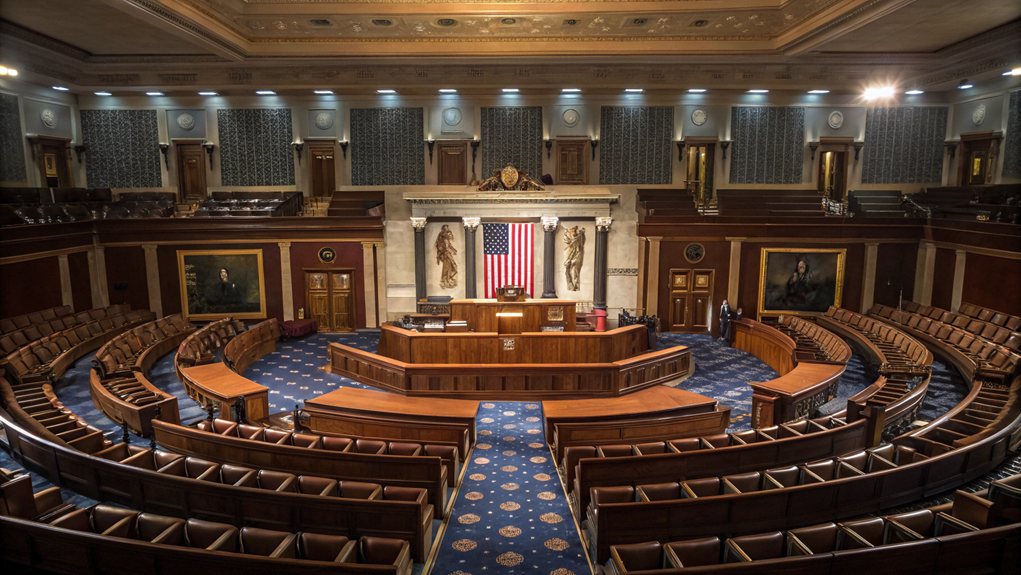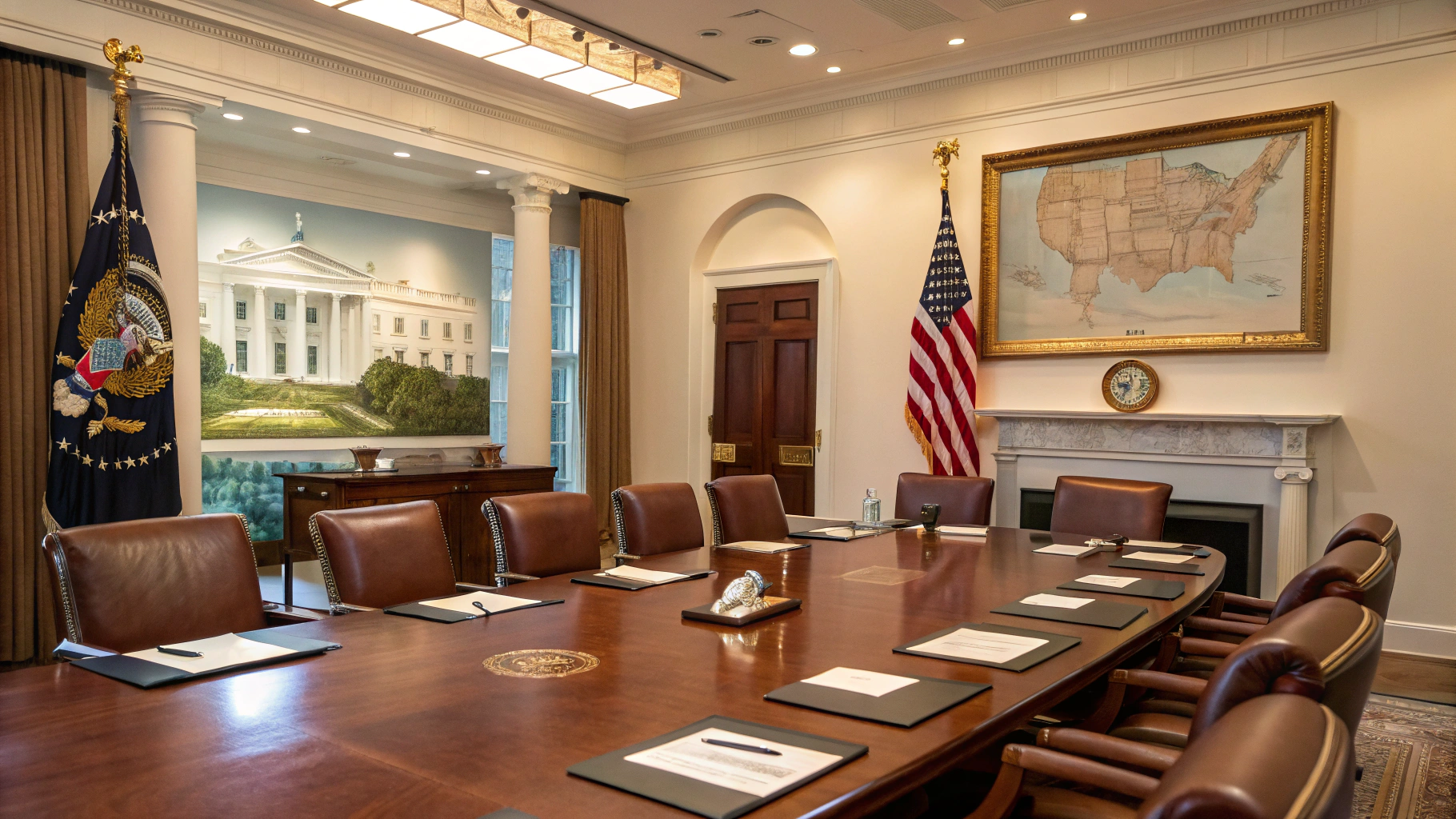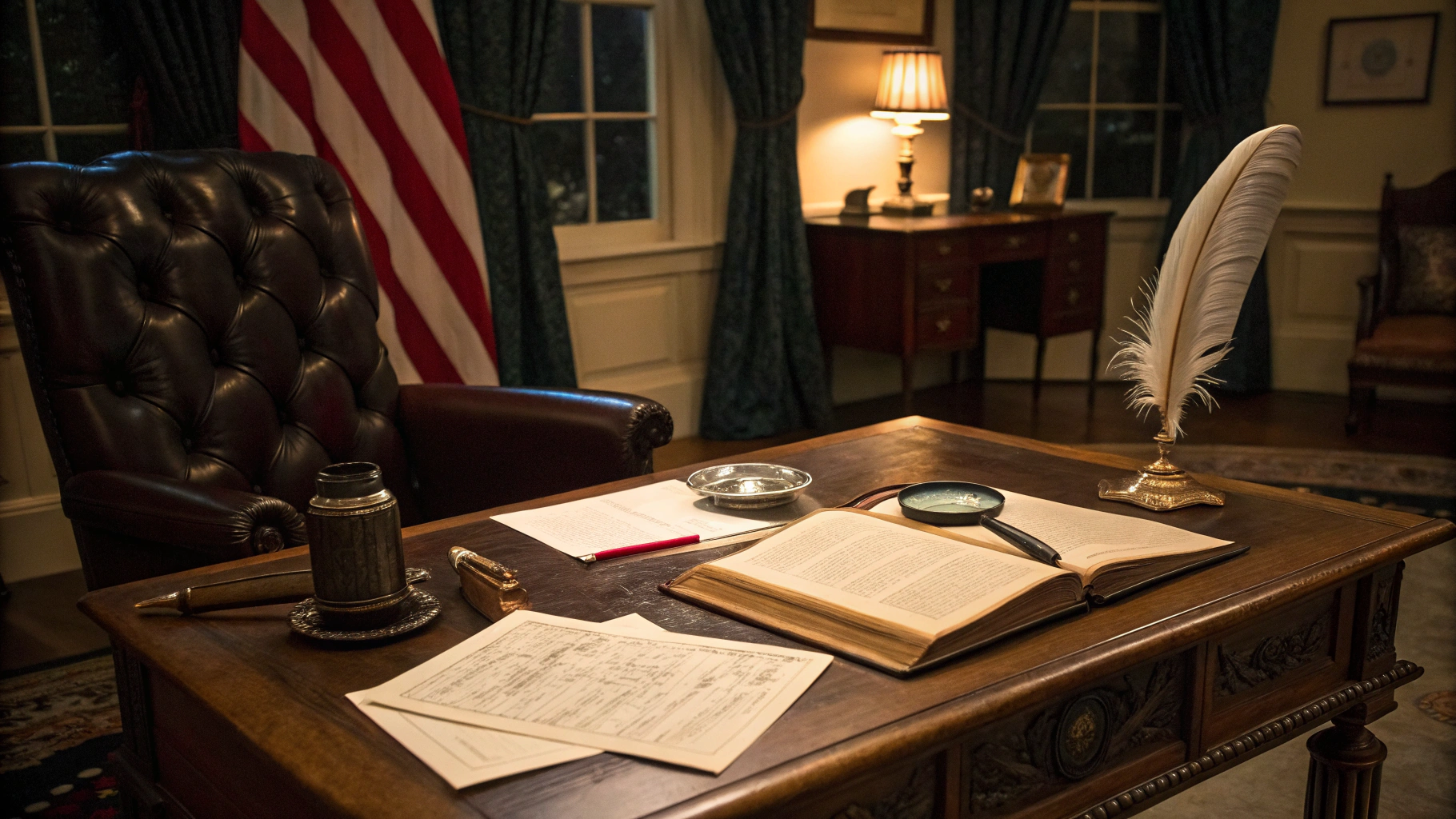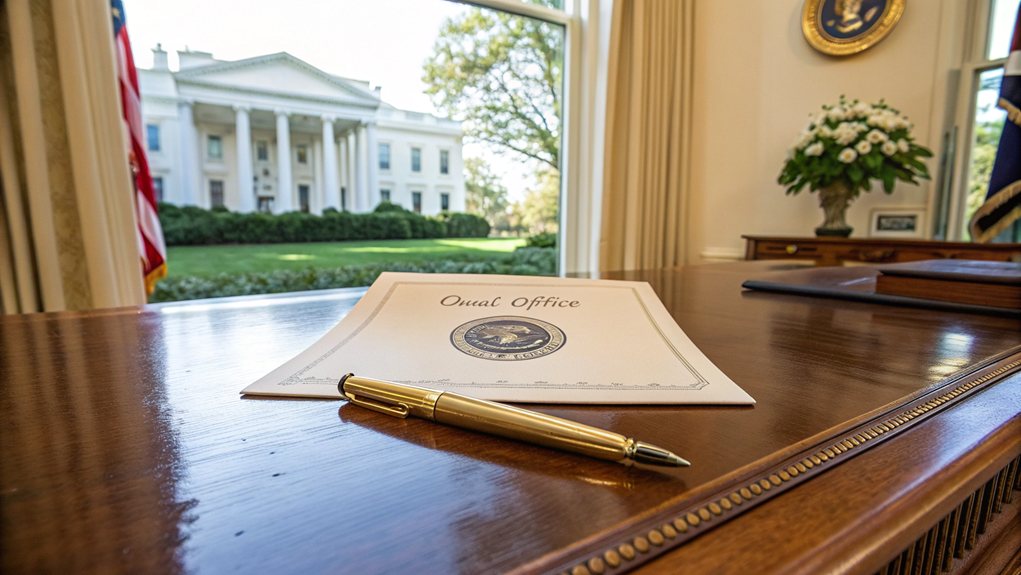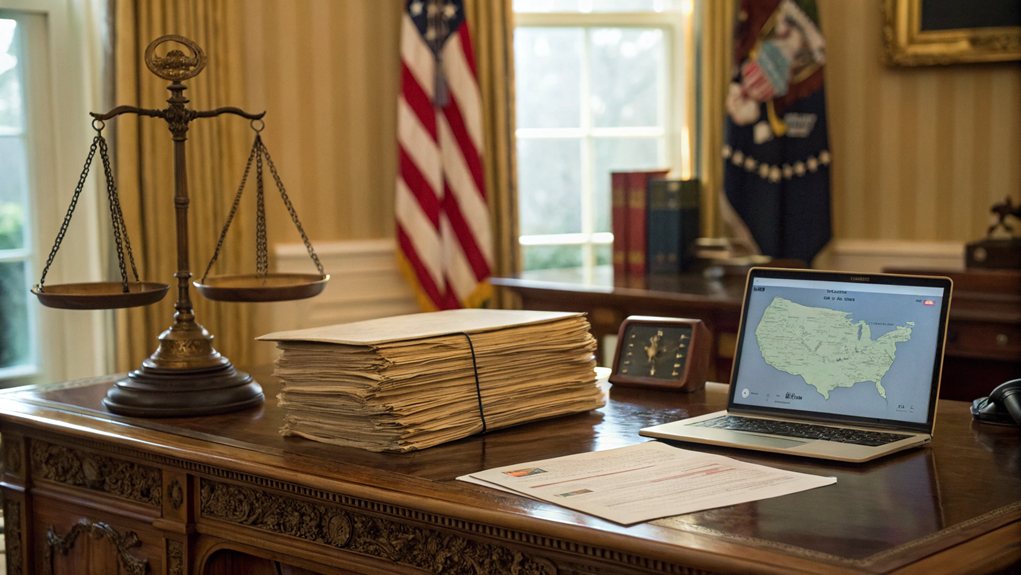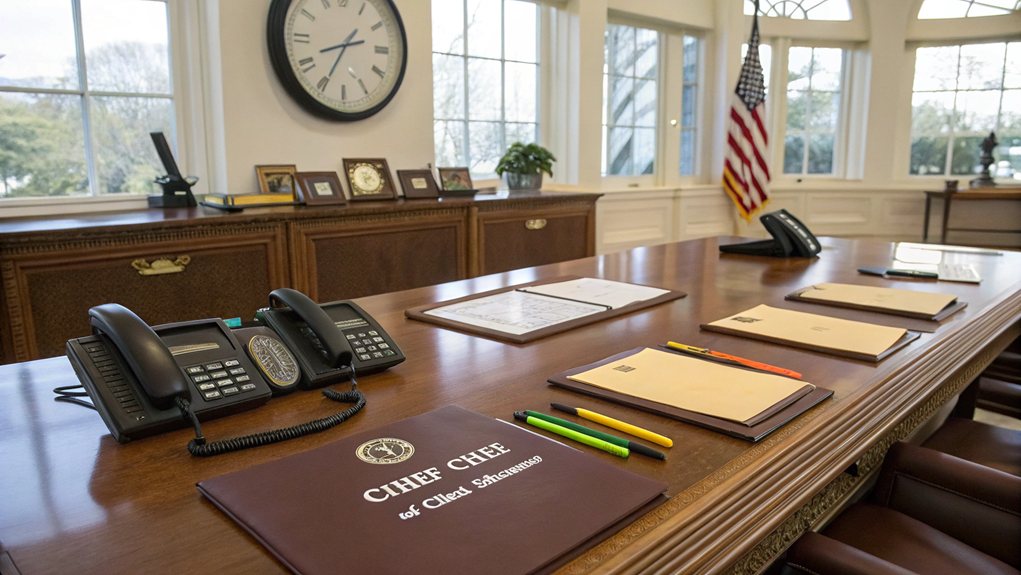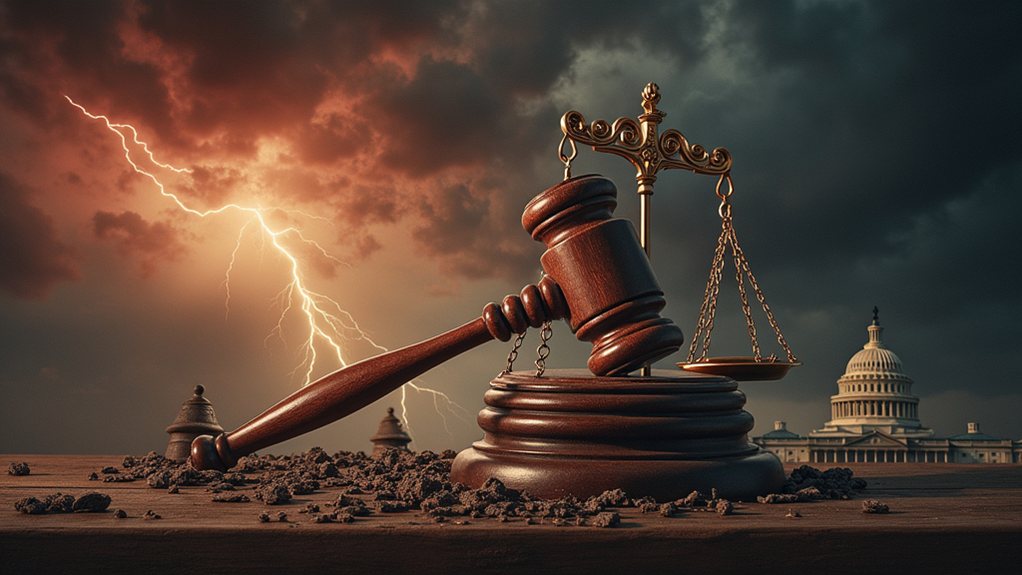The State of the Union Address is all about the President checking in with the American people. It's mandated by the Constitution—yes, that old document—but mostly it's a chance for the President to lay out goals and drum up support. Congress gets the memo too, so it's a bit of an all-hands meeting. Some ideas fly, others crash and burn. It's a political spectacle, and if you think that's interesting, there's more to unpack.

The State of the Union Address: a big deal in American politics. It's not just a fancy speech; it's a constitutional requirement. Yep, Article II, Section 3, Clause 1 of the U.S. Constitution clearly states that the president must report on the union's state and recommend necessary measures. It's like the government's version of checking in with your boss—only the boss is the American people.
The State of the Union Address is a constitutional must, where the president checks in with the American people.
This address serves as a formal update, bridging the gap between the executive and legislative branches. Pretty neat, right? In this sense, it also embodies the principle of checks and balances, where the president communicates directly with Congress, reinforcing accountability and collaboration between branches.
Now, let's plunge into the meat of it. The State of the Union isn't just a history lesson; it sets the legislative agenda for the upcoming year. This is where the president lays out their goals, throwing down the gauntlet for Congress to support their policies. Domestic issues? Check. Foreign policy? Double-check. It's like a buffet of political proposals, and the president is the chef urging Congress to dig in.
Moreover, it's a communication platform, broadcasting live to millions. The president gets to directly address Congress and the nation. It's a chance to rally public support, push for an agenda, and let's not forget, it's a key event in the political calendar. Everyone's watching, folks. In fact, viewership statistics show that millions tune in to witness this significant moment. Historically, the address reflects the executive branch's view of the nation's status and legislative agenda, showcasing how priorities shift over time.
Historically, the first State of the Union was delivered by George Washington back in 1790. Fast forward to now, and it's morphed into a televised spectacle. Thanks to technology, it's more reachable than ever. The address is not just informative; it's ceremonial. All three branches of government gather under one roof; it's like a political family reunion.
However, let's be real. The impact of these speeches can vary. Some proposals fly through Congress, while others hit the wall like a bad date. The State of the Union is a big deal, but like everything in politics, it's complicated.
Frequently Asked Questions
Who Delivers the State of the Union Address?
The State of the Union Address? Yeah, that's the gig where the President of the United States takes the stage.
Every year, except the first one—because who needs a speech then?—the President delivers this lengthy report to Congress. It's like a political pep rally.
George Washington kicked it off back in 1790. The whole thing's a big deal, and now everyone watches it live, because, of course, why wouldn't they?
How Long Is the State of the Union Address?
The State of the Union address? Well, it can last anywhere from about 29 minutes to almost 90.
Richard Nixon kept it short and sweet in 1972, while Bill Clinton, apparently loving the sound of his own voice, went on for over an hour and a half.
Typically, these speeches hover around an hour. Just enough time for Congress to nod off and for viewers to grab snacks.
Oh, the excitement!
When Is the State of the Union Address Held?
The State of the Union Address? Oh, it usually happens in January or February.
Unless it's a president's first year—then, all bets are off. The Speaker of the House sends out an invite like it's a fancy dinner party, and voilà, the president shows up.
Broadcast at 9:00 PM, so everyone can watch while pretending to care. It's a big deal, where all the political heavyweights gather.
Don't miss it!
Can the Public Attend the State of the Union Address?
The public can technically attend the State of the Union Address, but it's not like buying a concert ticket.
Only a select few get to sit in the House Gallery, and those seats are usually scooped up by Congress members' guests.
So, unless you're tight with a senator or representative, good luck.
It's broadcast live, though, so everyone can watch the spectacle from their couch. Fancy that!
What Happens After the State of the Union Address?
After the State of the Union, the political circus kicks into high gear.
The opposing party jumps in with their rebuttal, ready to throw shade. Congress suddenly gets busy, debating the president's proposals like it's a sport.
Discussions about the budget? Yep, those heat up too.
Meanwhile, social media explodes. Everyone's got an opinion.
The whole thing's a drama, a chance for politicians to strut their stuff—and it's all just the beginning.
